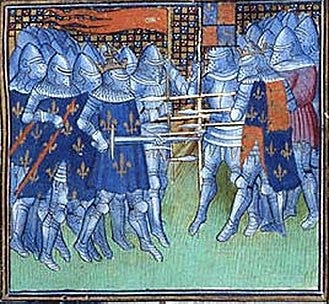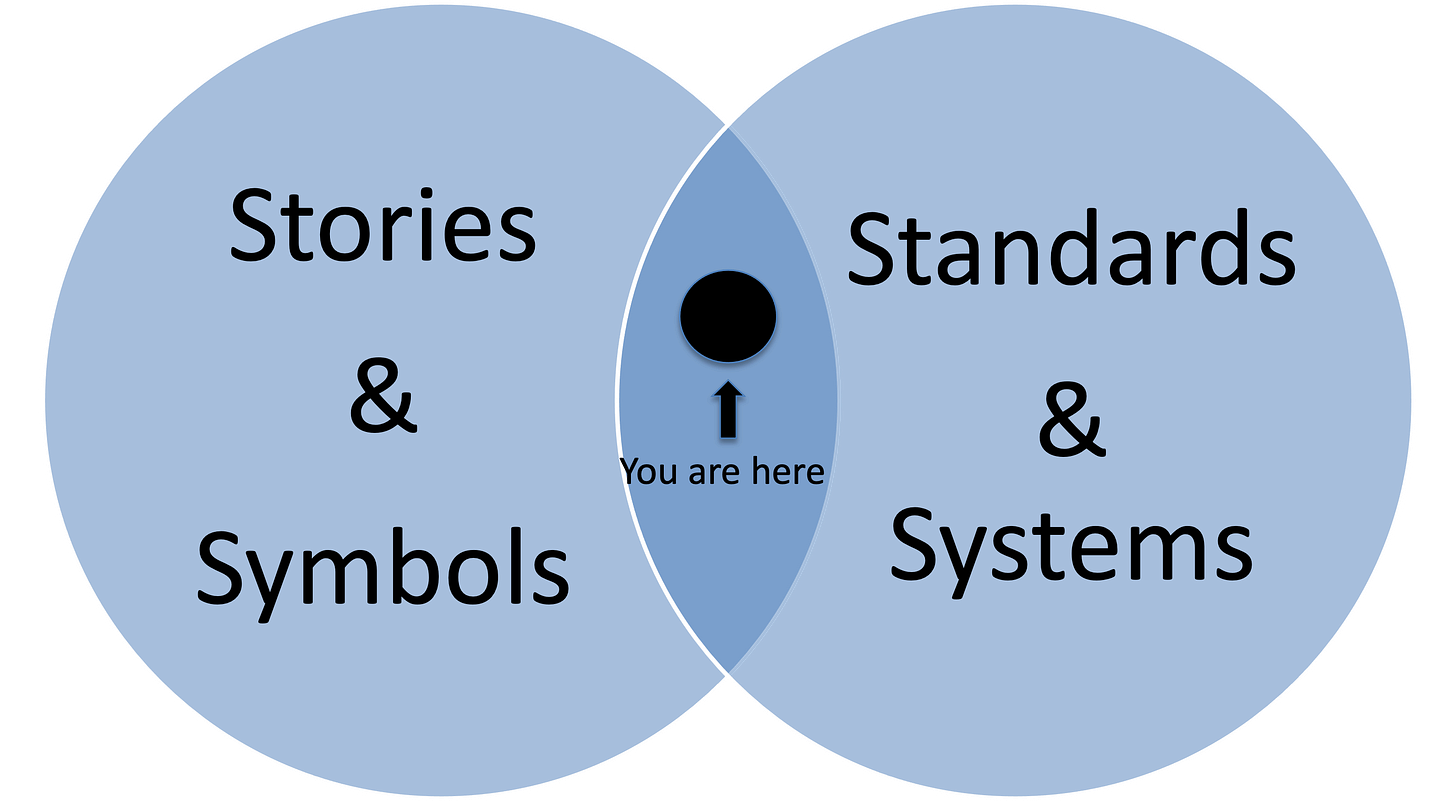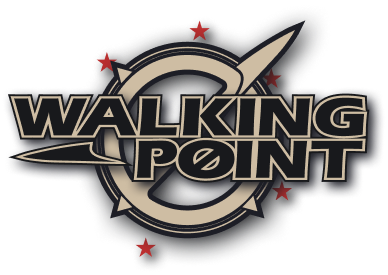STAND HARD
Culture at the Six-Inch Range
I often have the opportunity to discuss the concept of culture with groups. How to define it, how to build it, how to change it.
We think of unit, group, or organizational culture, but you also have a culture.
Not at work. Not in your unit. In you.
It’s the conversation running in your head, the symbols you surround yourself with, and the standards you actually enforce when nobody’s watching. That overlap—the place where your stories & symbols, and your standards & systems meet—is your felt culture. It’s why some people radiate gravity and others leak momentum.
Here’s the framework I use when speaking to teams. It also works at what Gen. Mattis described as the most important 6-inches on the battlefield, the space between your ears.
Stories & Symbols - Standards & Systems.
Stories & Symbols are the myths you choose and the markers you carry. The ring you earned. The ruck by the door. The quote on your wall. The way you speak to yourself when it’s cold and dark and you’re the only one who will know if you quit. It is also the stories other people tell you about you if you listen to them.
Standards are the line you hold. Not hopes. Not wish. And Systems are how you make the standard real on a Tuesday at 5:00 a.m.—alarms, calendars, checklists, training plans, accountability partners, the shoes placed where your excuses have to trip over them.
Where the Venn diagram overlaps, culture is felt. Where it doesn’t, culture is faked.
There are three truths I keep coming back to:
We are created by the stories we tell ourselves (and the ones we have been told so often that we have accepted). Identity is a loop. Tell it, live it, reinforce it.
We cannot change the stories we told ourselves yesterday. The past is evidence, not destiny.
We can change the story at any time—but only if we establish standards and systems that make the new story a reality.
A quick etymology to drive it home: “Standard” isn’t a catchphrase. Its origin is in the war flag planted on the line of battle—the rally point you defend at all costs. Dig deeper and you find the old Frankish root: “Stand Hard.” That’s not poetry; it’s performance. Plant the flag. Hold the line.
If your current story is “I’m getting back in shape,” what’s the standard that proves it? Maybe it’s “Four rucks a week, minimum 3 miles, no zeros.” What’s the system that enforces it? Calendar blocks, laid-out kit the night before, a partner waiting at the trailhead, a visible tally on the fridge. When your alarm rings, your symbols are loud (a sweet RTFU shirt or hat), and your system leaves you only one decision: go.
If the story is “I’m a leader,” your standard might be “I go first, I go honest, I go last,” and your system is after-action reviews, one hard conversation per week, and a standing Wednesday mentorship block. Now the story has teeth.
Execution:
Story: Write the sentence you want to be true about you.
Symbol: Pick a symbol that reminds you of your story and place it where you can’t help but see it.
Standard: Write the measurable line that would make a skeptic believe it.
System: Build the two simplest mechanisms that make the standard unavoidable.
Post the flag. Draw the line. STAND HARD.
Life is hard—be harder and Keep Walking Point!
John
Thanks for reading, and please share this with a friend who could use it.
I’d love to hear your thoughts:
BTW, I realize this is cross-promoting, but if you need a symbol to prep yourself to do hard things, you might want to check out the RTFU store at RuckTFU.com
If you've read my book, Tough Rugged Bastards, thank you for helping make it a bestseller. I would appreciate it if you would leave an honest review on Amazon. Thanks!
If you enjoy this newsletter and also enjoy rucking, or are interested in starting and don’t mind the occasional F-bomb, you may want to check out my other newsletter, Ruck The F Up at RTFU.substack.com









